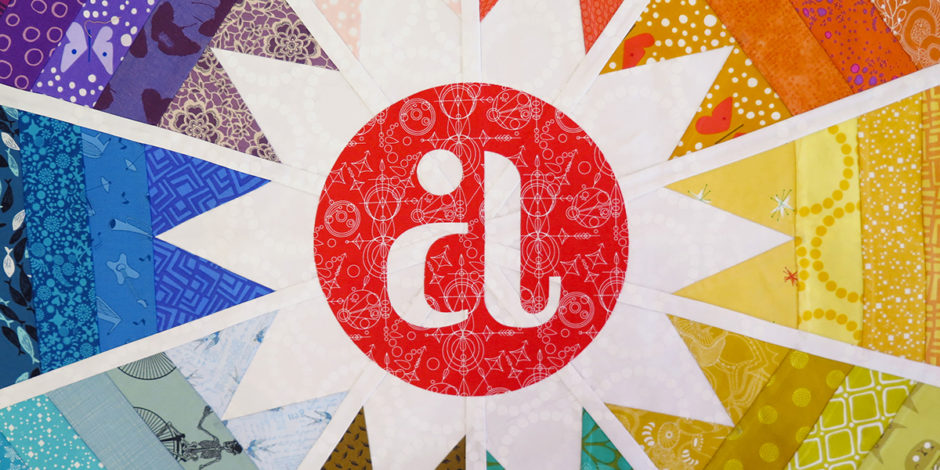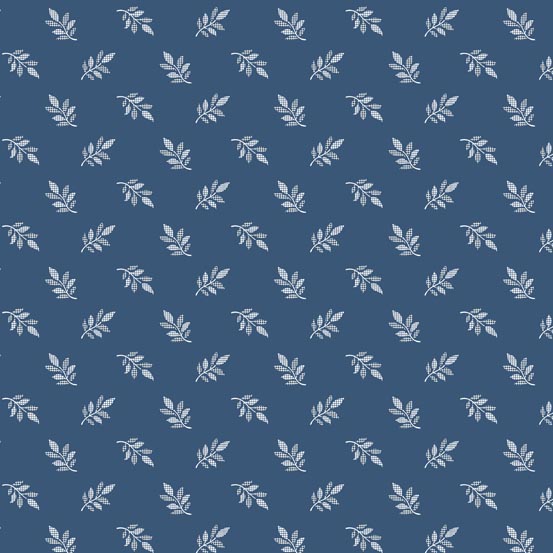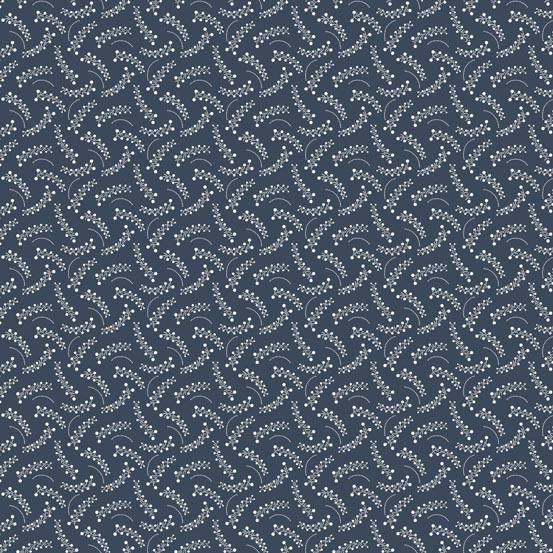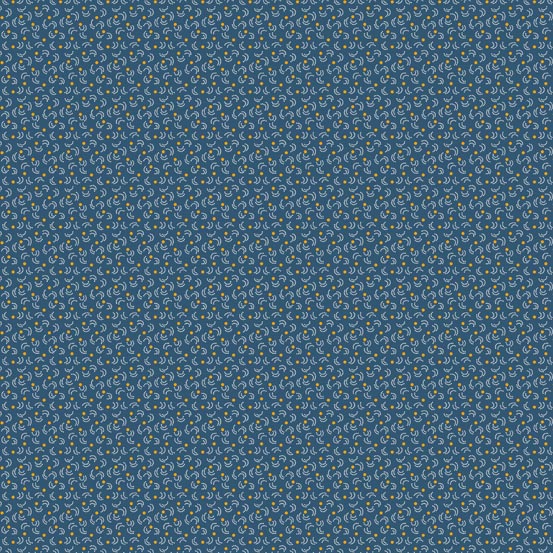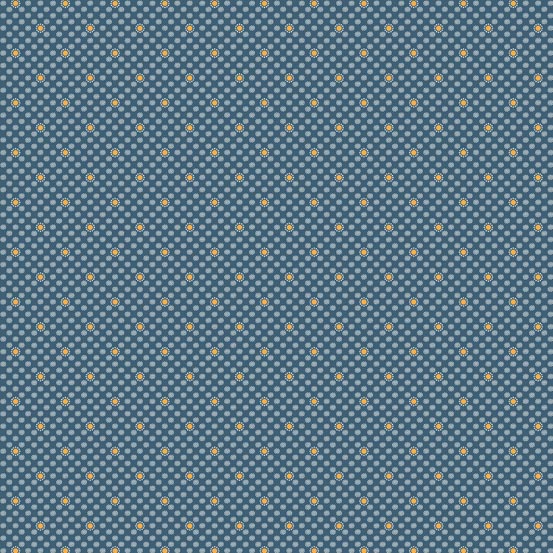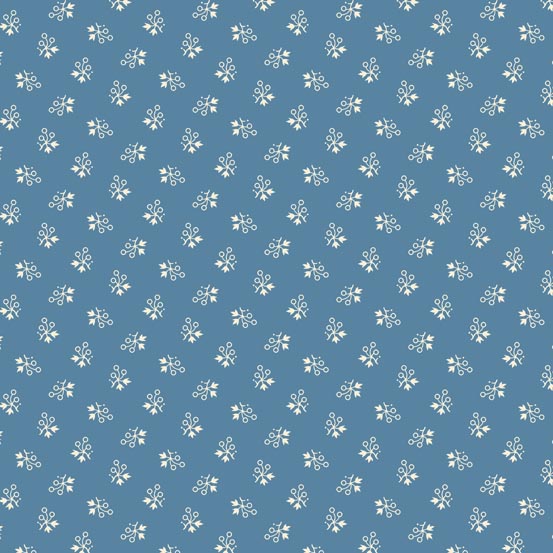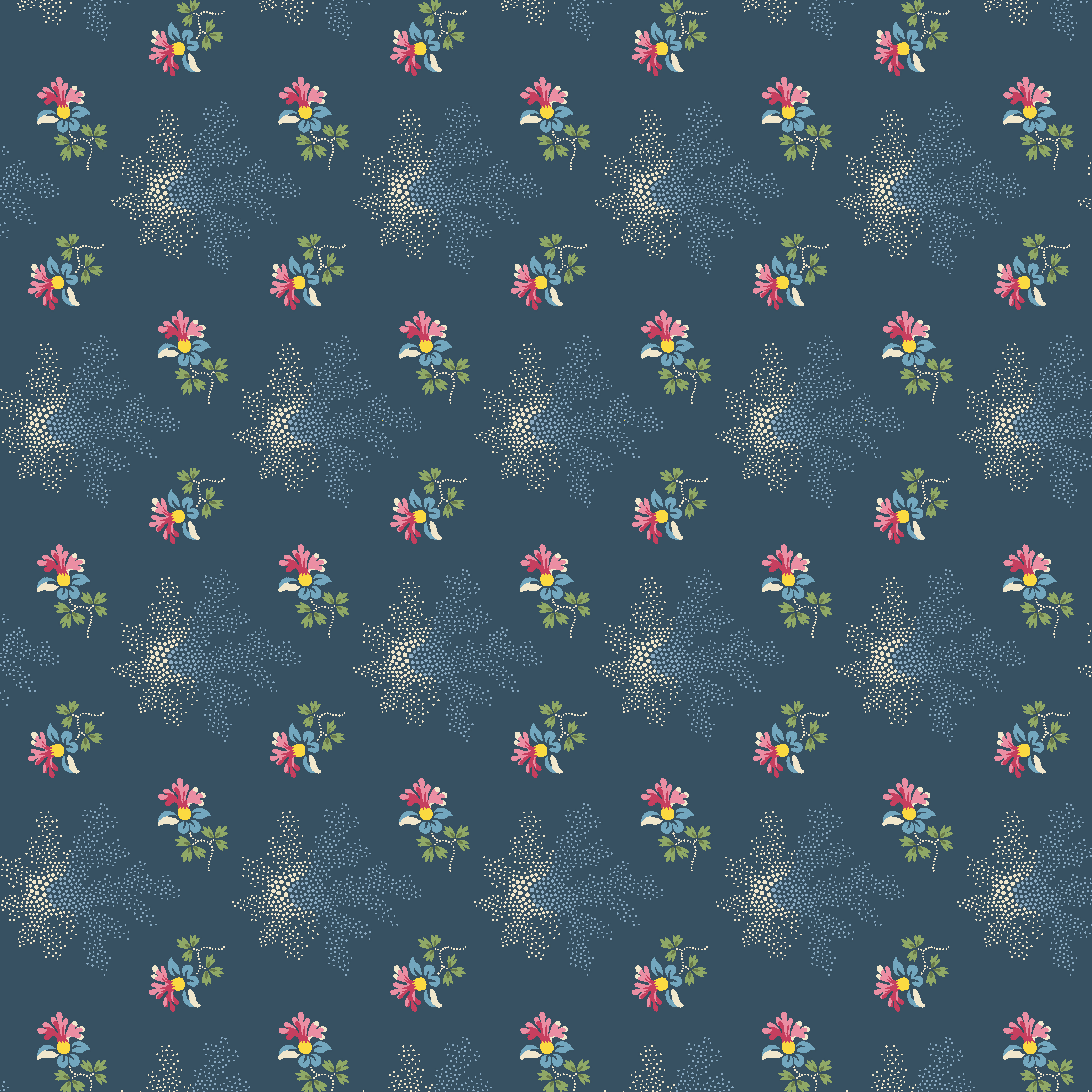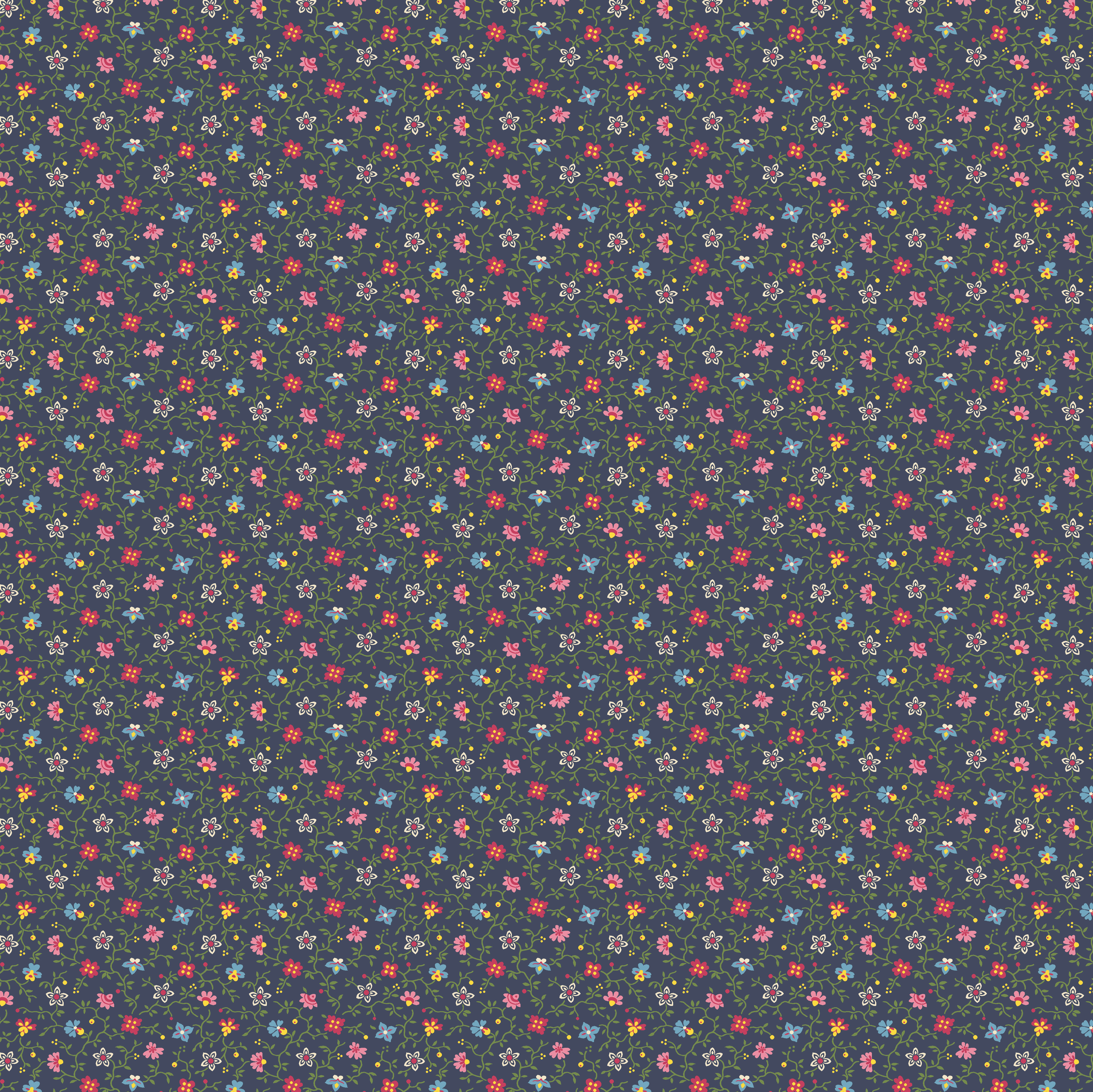A NOTE ON THE AUTHOR: Margo Krager, owner of ReproductionFabrics.com, a website and storefront located in Northfield, MN, has been a fabric retailer since 1984. She has spent over 20 years researching historic cotton printed and yarn-dyed fabrics used in quilts and garments, gives lectures on historic dye, and print technologies and does hands-on workshops on Center Medallion Quilts.
Margo received a Bachelor’s of Science degree in Medical Technology in 1970 from Michigan State University and worked in that field for 15 years. In 1984 she switched needles and became a fabric retailer. Since that time she has also done graduate level work in History at Montana State University, distance learning through the Quilt Studies Program at the University of Nebraska-Lincoln and published a professions paper, The Calico Trade Shirts on the Journey with Lewis and Clark, with the Textile Society of America.
Her design inspiration comes from the 9 antique fabric sample books she owns.
Andover Textile History Notes: Indigo Dye
by Margo Krager
Antique dark blue and white printed cottons are my favorites. I had an indigo dye house, Stifel Calicoworks, in my hometown, Wheeling, WV, from 1835-1957. Johann Ludwig Stifel was born 1807 in Germany and arrived in Wheeling in 1835 to begin an indigo dyeing business. He soon added block printing to his repertoire and by 1874 the business was one of the largest calico printing companies in the country.
Natural indigo dye is derived from a tropical/subtropical shrub (genus… Indigofera) and has a natural affinity for cotton. The classic 19th century European and American blue and white indigo prints we so love were all printed and dyed with this very stable natural dye. A commercial synthetic indigo textile dye was finally produced in 1897.
Early European indigo prints (indigo dye replaced Woad late in the 17th century in Europe) involved applying a resist pattern on undyed cloth. The resist paste (flour, starch, clay, wax or resin) mechanically blocked the dye from adhering to the fabric.
The fabric was thoroughly air-dried, then dipped into a cool indigo dye vat. The first dip might last only a few minutes. Just under the surface, the dye bath and the fabric were a pea soup green color. As the fabric emerged, oxygen in the air turned the cloth blue! Additional immersions and oxidizations produced a darker blue hue.
The dyed fabric was once again thoroughly dried and then passed through a warm weak sulfuric acid solution. This step removed the resist paste and whitened the printed pattern
A second method of ‘blue dyeing’, the discharge style, involved printing a design with a bleaching agent such as oxalic acid paste on a length of cotton fabric that had already been dyed indigo blue. The result is again a white pattern on a blue background. Indigos printed in the discharge style were seen in England around 1813. By midcentury, this technique was commonly used throughout Europe and America.
An additional step could easily produce a Two Blue design….a light blue motif or background along with a darker shade of blue. A portion of the resist would be removed and the fabric redyed.
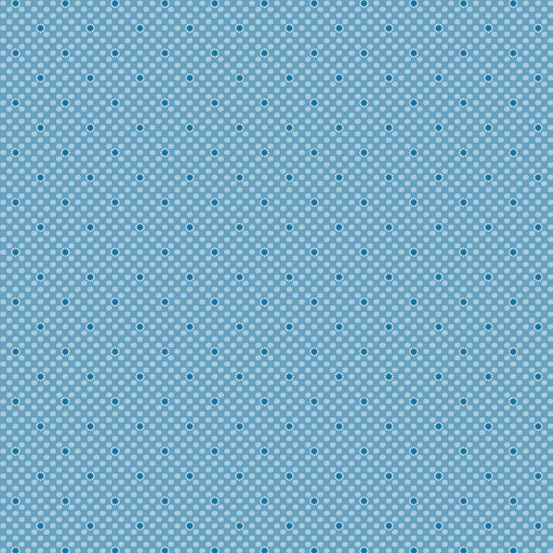
A fancy or illuminated indigo print had a bright chrome yellow or orange element on a deep blue ground. Discharge pastes that included lead chromate produced indigo prints that were illuminated with a sparkle of chrome yellow. A subsequent rinse of the fabric in an alkaline solution converted the yellow figure to chrome orange. These sparkly indigo prints had good registration, meaning clean, sharp figures without halos on a dark blue background. Today’s reproductions have that showy orange sparkle.
Beginning in the last quarter of the 19th century a new grayed blue, often called Cadet or Soldier blue, became fashionable. It was printed in the classic style with an off white pattern on a blue ground.
The ultimate example of complexity in blue dying is a polychrome print, meaning multiple colors in the design. Numerous intricate steps in the dying process made these very expensive dressgoods of the 1830s. Design source was my c. 1830 Dargate book.
Synthetic indigo dye was commercially successful by 1897. Adolf von Baeyer was instrumental in this development and received the Organic Chemistry Nobel Prize in 1905. Synthetic indigo is exactly the same formula as the natural product but without impurities. Because this new dye was so reliable (always the same strength and delivery was not dependent on weather conditions/harvest in the growing regions) and cheaper, it replaced natural indigo dye within a decade. Many indigo plantations in the East and West Indies and Central America were put out of business.
